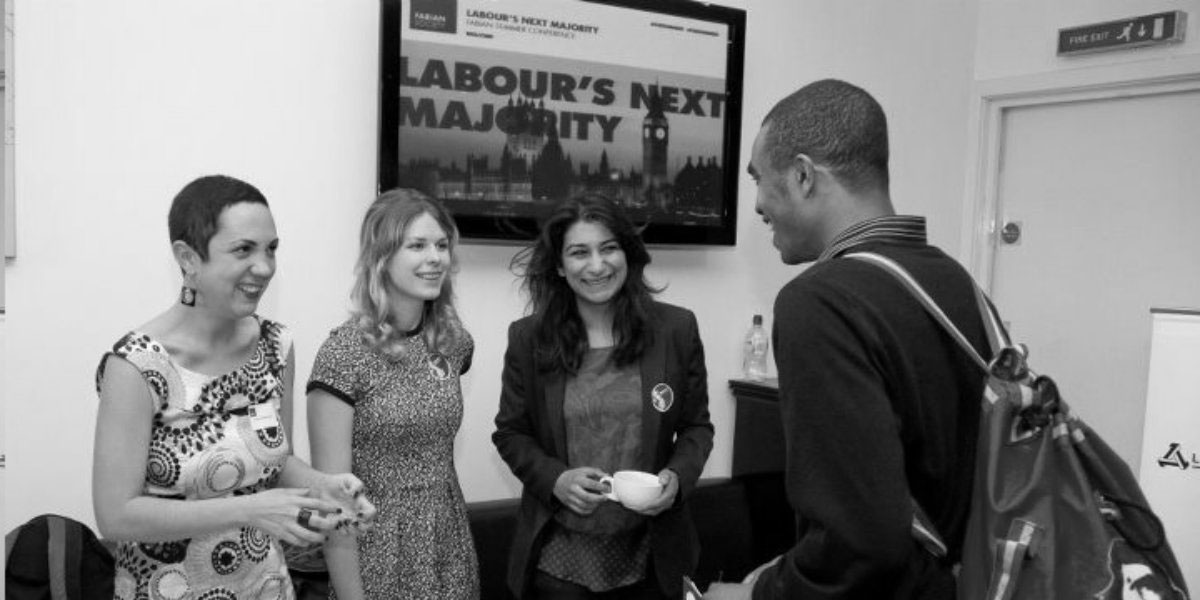The Fabian Society today
A recent survey of the Fabian membership is a reminder of the Society’s place as the British left’s most plural and open intellectual tradition, discovers Georgia Hussey The cartoon of a stereotypical British politician would always depict an upper class,...
A recent survey of the Fabian membership is a reminder of the Society’s place as the British left’s most plural and open intellectual tradition, discovers Georgia Hussey
The cartoon of a stereotypical British politician would always depict an upper class, white male of fifty plus. Even interest in politics is seen as the dominion of the older generations, with voting turnouts showing waning interest in the under 25s. So how does the typical Fabian Society member fit into this pigeonhole?
With an average age of 55, and a male to female ratio of 4 to 1, the figures from our survey of 500 Fabian members did little to break the caricature. The majority of Fabian members are highly educated – 37 per cent achieved master’s degrees, and more people have gained a PhD than had stopped education after secondary school. Over half of those who replied were over 60.
However, in spite of a somewhat homogenous demographic in some areas, in others the typical Fabian proved hard to narrow down. Our members named professions from postman to architect, taxi driver to CEO, and were evenly spread across income brackets. But in one area more than any other there proved to be no typical Fabian member: their political views.
When asked at the start of 2012 whether the Fabian Society should view the Liberal Democrats as political partners or adversaries, members were closely split: just over half saw the party as adversaries. Favourite politicians were also varied, with those named spanning from Tony Benn to George Osborne (really), and the Fabians were also divided by their membership of other Labour party organisations, half having joined at least one other, and half being solely Fabian.
Though interest in policy areas fell mainly towards a concern for the economy, the Fabian members showed a range of policy priorities. When asked which policy areas they were most interested in, 62 per cent placed the economy as a main concern, followed by education and then health at 37 per cent and 32 per cent. Interestingly, although 40 per cent of the survey members were retired, concern for policy on pensions rated second lowest, at 7 per cent.
So trying to describe what the stereotypical Fabian member stands for seems to be an impossible task. Our members showed split views on everything from the Lib Dems to their interest in policy areas. However there was one interest shared by each survey member. When asked whether the ability to influence the Labour party was a factor in the member’s membership, the overwhelming answer was a ‘very important’. With a collective 6970 years of membership to the Labour party between them, and an average membership of 21 years, it is clear that the one stereotypical Fabian trait is commitment to the Labour party.
The results are from a survey published in the Winter 2011 edition of the Fabian Review and circulated at New Year conference 2012. There was a full write-up in the Summer 2012 edition of the Fabian Review.
In our membership survey, there was very little to choose between those who saw the Lib Dems as adversaries or partners. We’re currently doing a survey of Fabian Society member to find out more about how Labour could work with the Lib Dems post 2015. Click here to take our survey.




